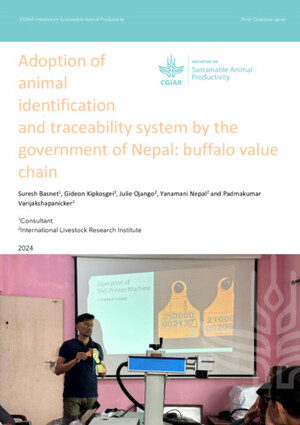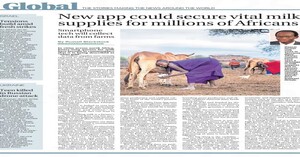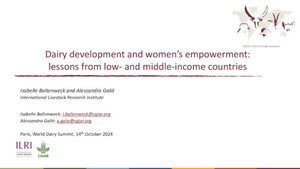
Cost–benefit analysis of fodder production as a low emissions development strategy for the Kenyan dairy sector
Abstract
Livestock production is a promising agricultural sector to explore in view of achieving greenhouse gas (GHG) emissions reduction, given that it is the largest source of emissions from agriculture. The combination of economic importance and high emissions intensities makes the Kenyan livestock sector a good opportunity for investment in low emissions development strategies.
Ten low emissions development (LED) interventions for the livestock sectors in Kenya and Ethiopia were reviewed in a previous study (Ericksen and Crane 2018). From these, one intervention was selected for further analysis—improving availability of quality feeds for the smallholder dairy subsector, specifically by improving forages. The rationale for this is that access to adequate feed availability and quality are a prerequisite to any other productivity improvements such as improved breeds. The intervention is most suited to intensive and semi-intensive dairy because it requires collection and, ideally, storage of fodder to feed to animals that reside on farms, with limited grazing.
Citation
Kashangaki J, Ericksen P. 2018. Cost–benefit analysis of fodder production as a low emissions development strategy for the Kenyan dairy sector. ILRI Project Report. Nairobi, Kenya: ILRI.










